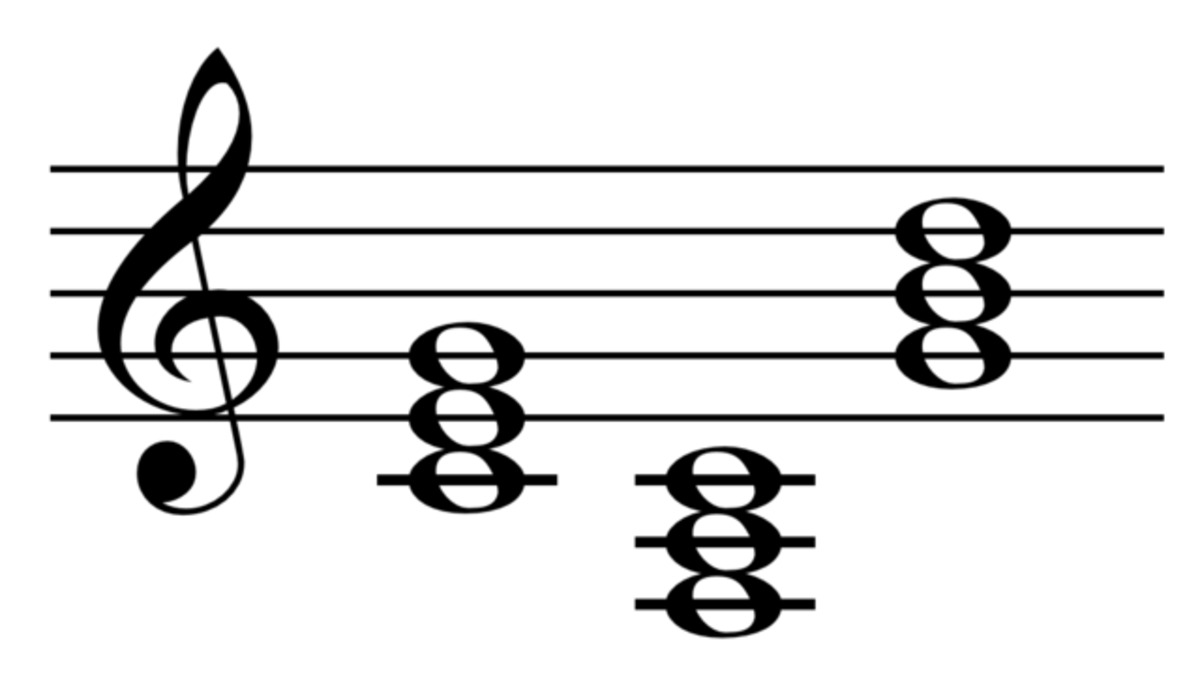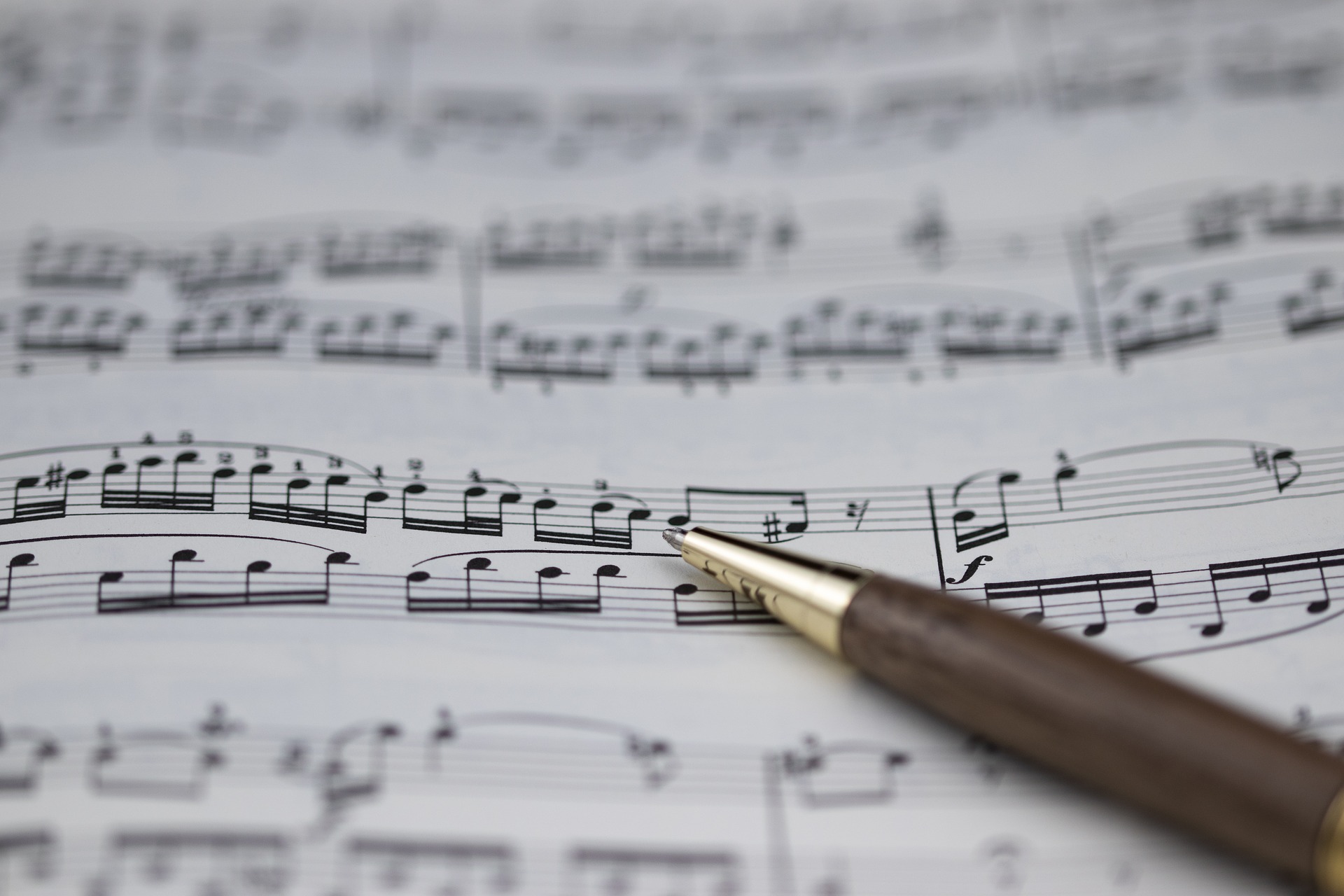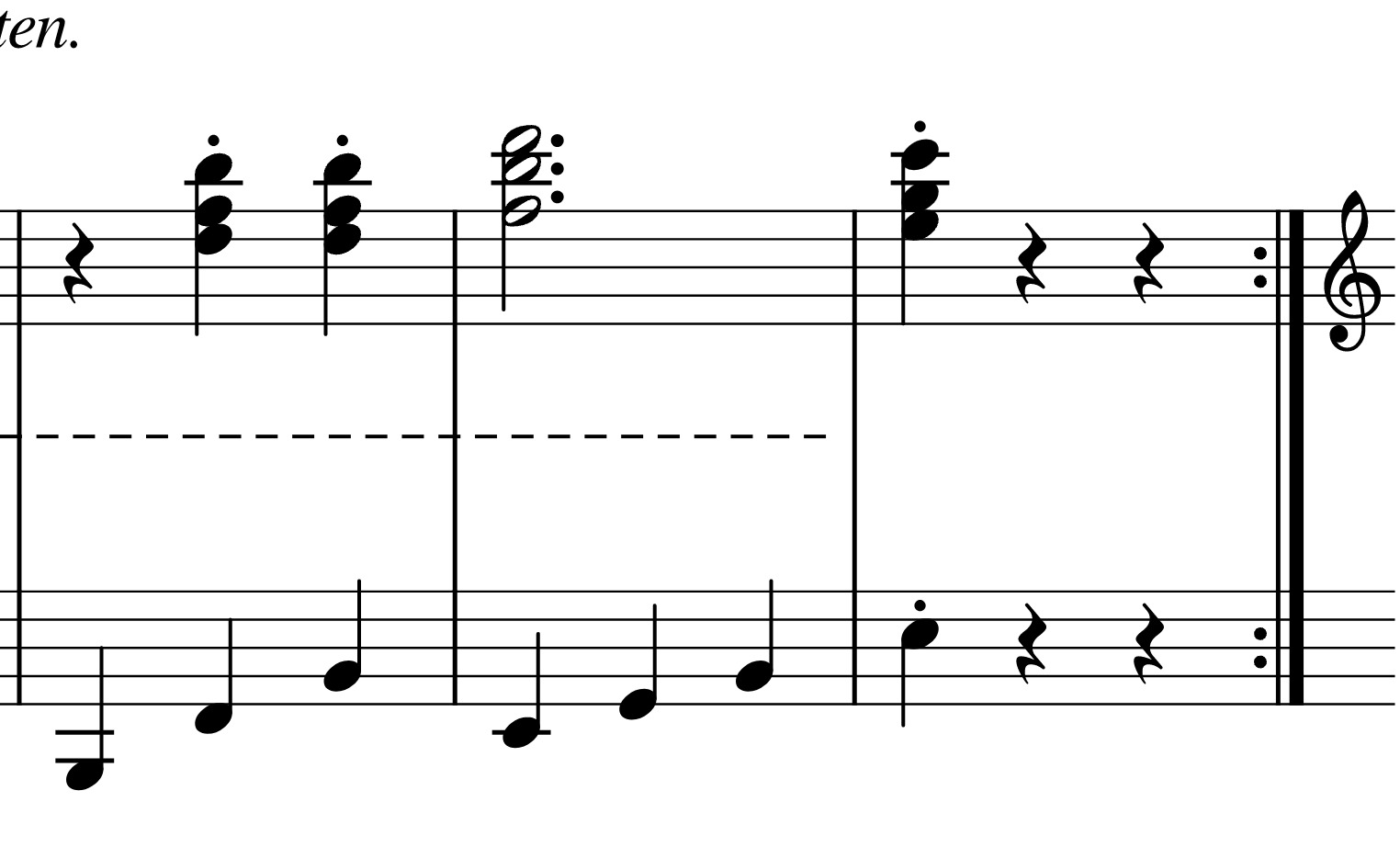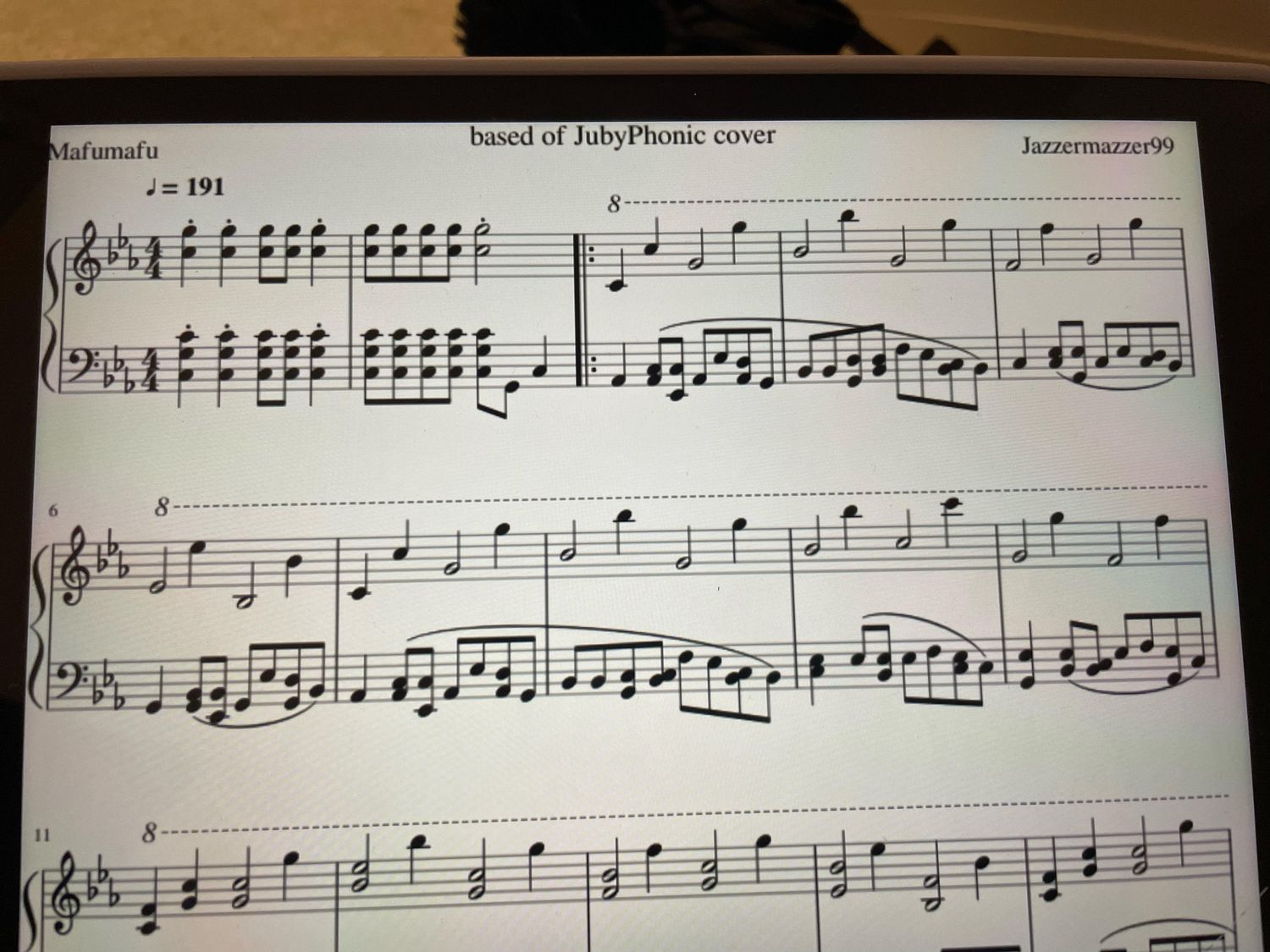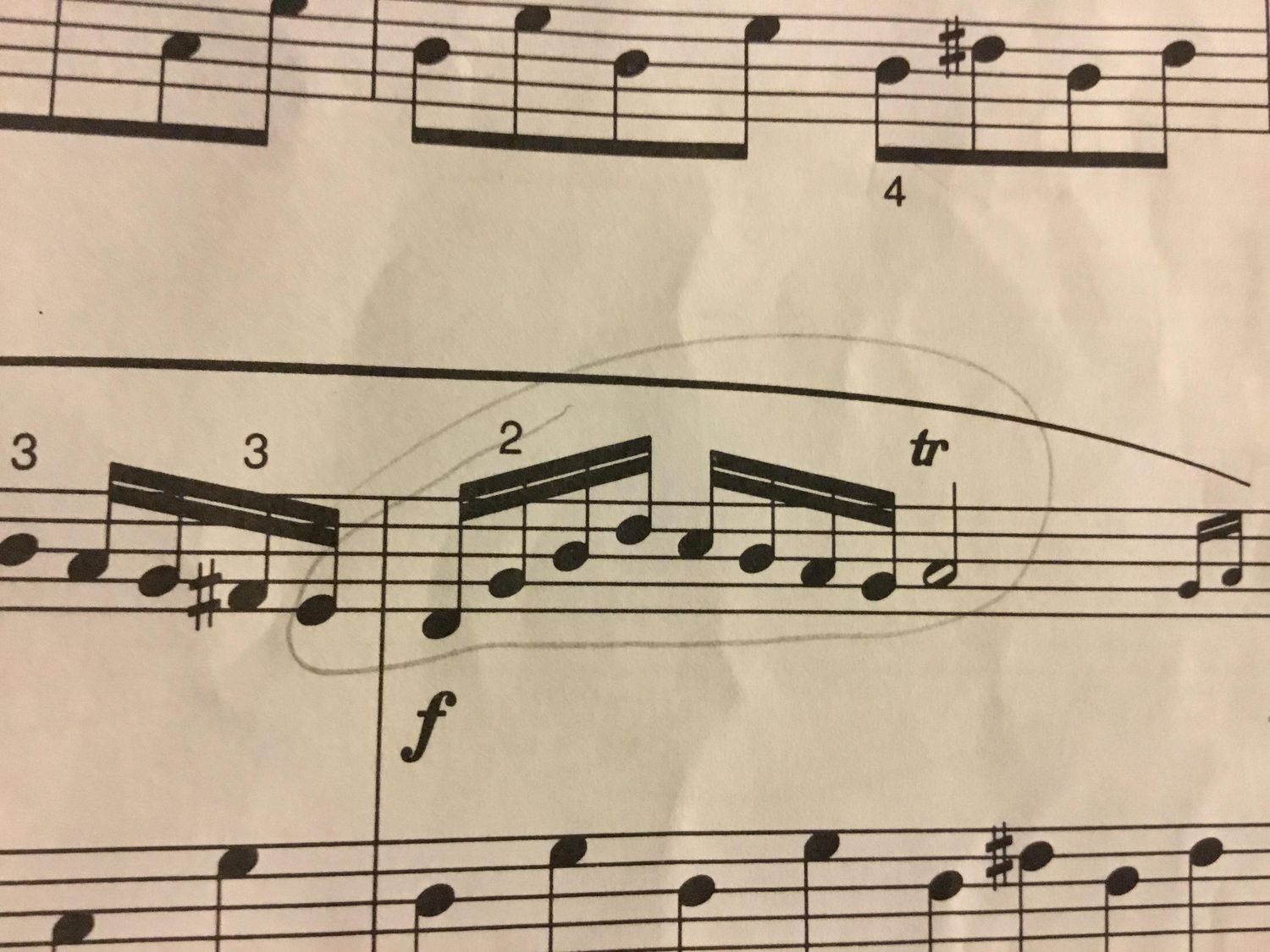Home>Production & Technology>Music Theory>What A Canon In Music Theory
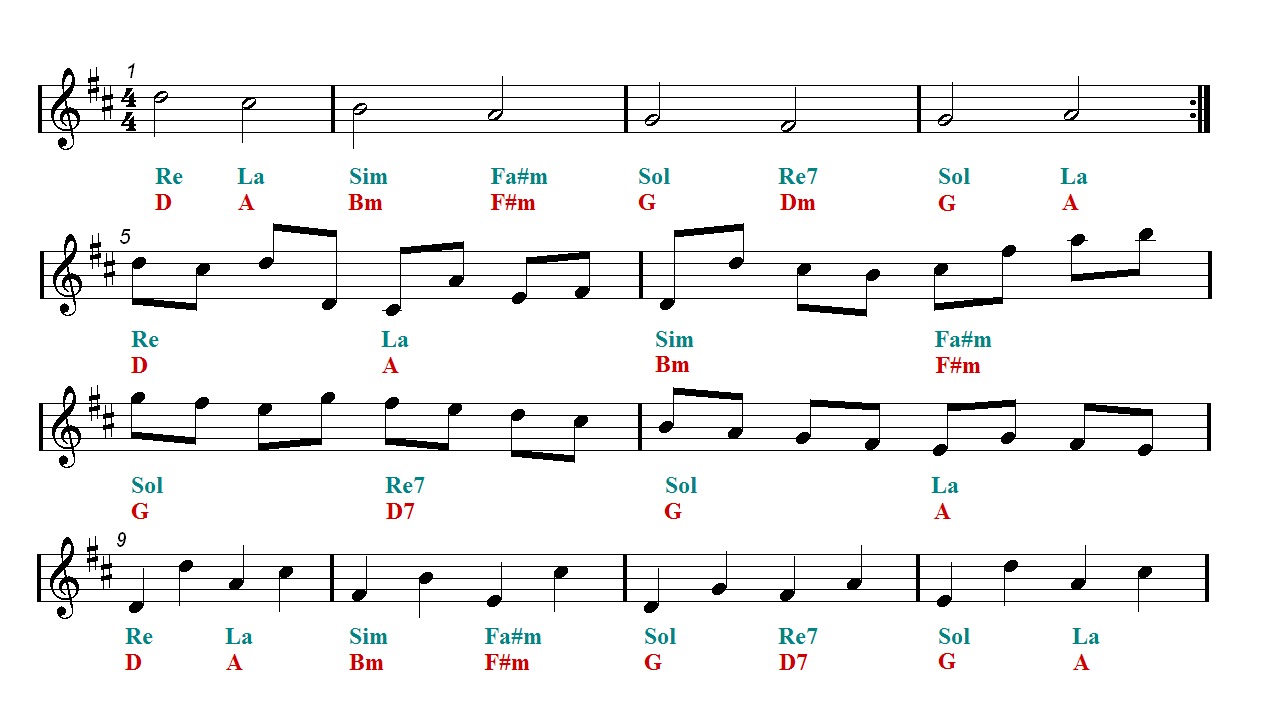

Music Theory
What A Canon In Music Theory
Published: February 1, 2024
Discover the significance and characteristics of a canon in music theory. Explore the principles and applications of canon in this comprehensive guide.
(Many of the links in this article redirect to a specific reviewed product. Your purchase of these products through affiliate links helps to generate commission for AudioLover.com, at no extra cost. Learn more)
Table of Contents
Introduction
Music theory is a vast and fascinating field, encompassing various concepts and techniques that help us better understand and appreciate music. One such concept is the canon, an intricate compositional technique that has captivated composers and listeners alike throughout history. The canon adds depth, complexity, and beauty to musical compositions, making them memorable and engaging.
A canon, in music theory, can be defined as a contrapuntal composition technique where a melody is imitated by one or more voices after a certain time interval. This imitation creates a musical texture that is both harmonically and rhythmically intriguing. The voices that imitate the melody often start at different times, resulting in a cascading and overlapping effect that is usually pleasing to the ear.
The canon has a rich historical background, with its origins traced back to the medieval era. Over the centuries, composers have explored and experimented with various types and variations of canons, leading to the development of intricate contrapuntal techniques.
In this article, we will delve into the definition of a canon, explore its historical development, discuss the different types of canons, examine the contrapuntal techniques used in canon composition, provide examples of famous canons, and discuss the challenges and benefits of writing canons. Through this exploration, we hope to shed light on the beauty and complexity of canonic compositions while providing valuable insights into music theory and composition.
Definition of Canon
In music theory, a canon refers to a specific compositional technique where a melody or musical phrase is repeated and imitated by one or more voices, creating a complex and harmonically rich musical texture. The process of imitation involves each voice entering with the same melody at different time intervals, resulting in a cascading effect. The voices continue to repeat the melody, creating a layered and intricate composition.
The concept of canon is different from that of a round, where the voices start at the beginning and sing the same melody in unison. In a canon, the voices imitate one another, typically starting at different points in time. The intervals between the entrances can vary, ranging from a few beats to several measures.
Canons can be found in various genres and styles of music, from classical to contemporary, showcasing their versatility and adaptability. They can be written for different instrumental combinations, such as voices, string instruments, or even electronic instruments.
It is important to note that the canon is not limited to classical or academic music. It has also been utilized in popular music, film and television scores, and even in commercial jingles. The appeal and enduring nature of the canon lie in its ability to create a unique and memorable musical experience for the listener.
Canons are often characterized by their contrapuntal nature. Contrapuntal music involves multiple melodic lines that are independent yet interweaved. The use of canonic techniques enhances the contrapuntal nature of the composition, creating intricate harmonies and rhythmic patterns.
Canons can vary in complexity, depending on the number of voices and the interval at which they enter. Some canons are simple and easy to understand, while others can be highly intricate and challenging to perform.
Overall, the canon is a powerful compositional technique that adds depth, complexity, and beauty to musical compositions. Its ability to create a layered and intricate texture has made it a staple in the repertoire of composers throughout history and continues to be a source of inspiration for contemporary musicians.
Historical Development of Canon
The canon as a compositional technique has a long and fascinating history that spans centuries. Its roots can be traced back to the medieval period, where early forms of canons were developed and practiced by composers.
One of the earliest examples of canon can be found in Gregorian chant, which was a form of religious music prevalent in the medieval era. Gregorian chant often employed the technique of melodic imitation, where different voices would sing the same melody at different time intervals. This practice laid the foundation for the development of the canon as a distinct compositional technique.
During the Renaissance, composers such as Josquin des Prez and Palestrina further explored and pushed the boundaries of canon composition. They expanded the concept of the canon, exploring different intervallic relationships and creating canons with multiple voices. The contrapuntal techniques employed by these composers laid the groundwork for the development of more complex and intricate canons in the future.
In the baroque era, composers like Johann Pachelbel and Johann Sebastian Bach continued the tradition of canon composition. Pachelbel’s Canon in D is perhaps one of the most famous and beloved canons of all time. Bach, on the other hand, composed numerous canons in his collection “The Musical Offering,” showcasing his mastery of contrapuntal techniques and the intricate interplay of voices.
The classical period saw further innovations in canon composition, with composers such as Wolfgang Amadeus Mozart and Ludwig van Beethoven incorporating canons into their works. Mozart’s “A Musical Joke” includes a comical canon where one instrument plays a slightly altered version of the main melody. Beethoven’s approach to canonic writing was often bold and dramatic, adding his unique artistic flair to this compositional technique.
In the 20th century, the canon remained an influential technique, especially in the realm of avant-garde and experimental music. Composers like Igor Stravinsky and Arnold Schoenberg explored canonic writing, incorporating dissonance and unconventional harmonies into their compositions.
Today, the canon continues to be used in various genres and styles of music. It has become an integral part of music education, as it helps students develop their understanding of counterpoint and provides a way to study and appreciate the intricate interplay of voices.
The historical development of the canon showcases how this compositional technique has evolved and adapted over time. It demonstrates the enduring nature of the canon and its ability to transcend musical eras and styles.
Types of Canon
The canon, as a compositional technique, comes in various types and forms. Each type offers unique variations and challenges for composers and performers alike. Here are some of the most common types of canons:
- Strict Canon: In a strict canon, the imitation of the melody is maintained throughout the entire composition. Each voice replicates the original melody exactly, following the same intervals and rhythms.
- Augmented Canon: An augmented canon involves a slower imitation of the original melody. The intervals between the entrances of each voice are lengthened, resulting in a stretched-out version of the composition.
- Diminished Canon: In contrast to the augmented canon, a diminished canon features a faster imitation of the melody. The intervals between the entrances are shortened, creating a condensed and compact rendition of the musical material.
- Inverted Canon: An inverted canon is a type of canon where the imitation of the melody occurs in an inverted form. The intervals between the voices are still maintained, but the pitches are reversed or turned upside down.
- Mirror Canon: Also known as a retrograde or palindrome canon, a mirror canon involves the imitation of the melody played in reverse order. This creates a symmetric and mirror-like effect, with the notes aligning perfectly when played forwards and backward.
- Crab Canon: A crab canon, also referred to as a canon cancrizans, is a type of canon where one voice plays the melody while the other voice plays the same melody in retrograde or inverted form. The two voices intertwine and create a musical dialogue, with each voice mirroring or reflecting the other’s notes.
- Double Canon: As the name implies, a double canon involves two canons performed simultaneously. This creates a rich and complex texture, with two sets of imitative voices intertwining and complementing each other.
- Canon in Canon: A canon in canon, also known as a canon in reciprocation, features multiple overlapping canons occurring simultaneously. Each voice has its independent melodic line, with the entrances staggered to create a continuous and intricate interplay.
- Free Canon: Unlike the strict canons mentioned above, a free canon offers more flexibility and creativity for composers. In a free canon, while there is still imitation of the melody, composers are allowed to make alterations and variations to the original material, adding their artistic interpretation.
These are just some of the many types of canons that composers have utilized throughout history. Each type presents unique challenges and possibilities for musical exploration, allowing composers to experiment with contrapuntal techniques and create captivating compositions.
Contrapuntal Techniques in Canon Composition
The canon is closely associated with contrapuntal writing, which focuses on the interplay of multiple melodic lines. Composers use various contrapuntal techniques to create complexity, harmony, and cohesion within a canon. Here are some commonly employed contrapuntal techniques in canon composition:
- Voice Leading: Voice leading refers to the smooth and logical movement of individual melodic lines in a canon. Each voice should maintain a coherent melodic contour, with smooth transitions between consecutive notes. Voice leading helps create a sense of balance and cohesion within the composition.
- Countermelody: The use of countermelodies adds depth and richness to a canon. Composers may introduce a secondary melodic line that weaves in and out of the main melody, creating a harmonically and rhythmically intricate texture. Countermelodies can enhance the beauty and complexity of a canon, adding layers of musical interest to the composition.
- Imitative Counterpoint: The core element of a canon is the imitation of the main melody by one or more voices. Composers employ imitative counterpoint to create a cohesive and interconnected musical structure. The imitative entries of the voices can be at different pitch levels and rhythmic durations, creating a contrapuntal dialogue within the canon.
- Intervallic Variation: Composers often vary the intervals between the imitative voices to add interest and variety to a canon. They may choose to increase or decrease the interval size to create tension or resolution, or utilize dissonant intervals for a more expressive effect. Intervallic variation can contribute to the overall character and emotional impact of a canon.
- Overlapping Entries: Overlapping entries occur when the imitative voices start before the prior voice has finished its melodic statement. This creates an overlapping effect, with the voices intertwining and seamlessly transitioning from one to another. Overlapping entries can enhance the contrapuntal texture and create a continuous and flowing musical experience.
- Canon at Different Intervals: Composers may choose to create canons at different intervals, such as a canon at the octave, canon at the fifth, or canon at the fourth. Each interval brings a unique harmonic and melodic characteristic to the composition. By exploring canons at different intervals, composers can experiment with the interplay of voices and create diverse musical expressions.
- Rhythmic Variation: Rhythm plays a crucial role in the construction of a canon. Composers can introduce rhythmic variations in the imitative voices, creating syncopation, augmentation, or diminution effects. Rhythmic variation adds complexity and rhythmic interest to the canon, enhancing its overall impact and musicality.
These contrapuntal techniques, when utilized effectively, contribute to the beauty, complexity, and cohesion of a canon composition. Composers have the freedom to experiment with these techniques, combining them in innovative ways to create unique and captivating canons that resonate with listeners.
Examples of Famous Canons
The canon has produced numerous famous and beloved compositions throughout history. These canons have showcased the beauty and complexity of the contrapuntal technique while capturing the hearts of audiences. Here are a few examples of famous canons:
- Pachelbel’s Canon in D: Perhaps the most well-known canon, Pachelbel’s Canon in D is revered for its timeless beauty. Composed by Johann Pachelbel in the 17th century, it features a simple yet captivating melody that is imitated by multiple voices. This canon is frequently played at weddings and has become an iconic piece of classical music.
- Bach’s “Crab Canon” from “The Musical Offering”: Johann Sebastian Bach’s “Crab Canon” is a masterpiece showcasing the intricate contrapuntal writing. The canon is designed to be played forwards and backward simultaneously, with one voice following the other as if moving like a crab. This remarkable composition exemplifies Bach’s genius and mastery of canonic writing.
- Mozart’s “A Musical Joke”: In his composition “A Musical Joke,” Wolfgang Amadeus Mozart provides a humorous take on canonic writing. The piece includes a comical canon where one instrument intentionally plays a slightly altered version of the main melody, creating a satirical twist on traditional canonic compositions.
- Beethoven’s “Ode to Joy” from Symphony No. 9: Beethoven incorporated a canon in the famous “Ode to Joy” movement of Symphony No. 9. The canon is introduced in the choral section, with different voices imitating the melodic theme. This powerful and uplifting canon adds an additional layer of emotion to Beethoven’s monumental symphony.
- Händel’s “Hallelujah Chorus” from Messiah: The “Hallelujah Chorus” from George Frideric Händel’s Messiah features a canon in the choral sections. The voices enter one after another, creating a dramatic and triumphant effect. This canon has become an iconic piece of classical music, often performed during festive occasions.
- Brahms’ “Variations on a Theme by Haydn”: Johannes Brahms’ “Variations on a Theme by Haydn” includes a canon variation that showcases Brahms’ contrapuntal prowess. The canon adds depth and complexity to the variations, demonstrating Brahms’ ability to manipulate and expand upon the original theme.
- Stravinsky’s “The Rite of Spring”: In Igor Stravinsky’s groundbreaking ballet “The Rite of Spring,” canonic elements are utilized throughout the composition. The complex rhythmic and harmonic interplay between the instruments creates a captivating and innovative soundscape, challenging traditional conventions of canon composition.
These examples highlight the diverse applications and versatility of the canon. Each composition showcases the beauty, complexity, and emotional depth that can be achieved through canonic writing. They continue to inspire and captivate audiences, leaving a lasting impression on the world of music.
Challenges and Benefits of Writing Canons
Composing canons can be both an exciting and challenging endeavor for musicians. This unique compositional technique presents its own set of obstacles and rewards. Here are some of the challenges and benefits of writing canons:
Challenges:
- Structural Complexity: Canons require careful attention to structure and form. Composers must meticulously craft the entrances, intervals, and durations of each voice to create a harmonious and cohesive composition.
- Imitative Writing: Creating engaging and melodic imitative lines can be a demanding task. Composers need to strike a balance between maintaining the original melody and adding interesting variations to keep the canon engaging and dynamic.
- Rhythmic Coordination: Achieving seamless rhythmic coordination between the imitative voices can be challenging. Composers must carefully plan and synchronize the rhythm of each voice to create a unified and compelling musical experience.
- Textural Balance: Balancing the texture of the different voices in a canon requires careful consideration. Composers must ensure that each voice complements and enhances the overall musical texture without overpowering or overshadowing one another.
- Expressive Interpretation: Canons offer opportunities for expressive interpretation, but this can pose challenges for performers. Each voice must be executed with precision and musicality to bring out the depth and emotional character of the composition.
Benefits:
- Development of Counterpoint Skills: Composing canons aids in the development of counterpoint skills, as it requires a deep understanding of melodic lines and their interplay. This enhances a composer’s ability to write contrapuntal music and creates a foundation for more intricate compositions.
- Enhanced Musical Memory: Canons often involve repetition and imitation of melodic material. Composing and performing canons can improve musical memory skills, helping musicians internalize and recall musical phrases more readily.
- Improved Harmonic Awareness: Canons often incorporate complex harmonic progressions. Composing canons fosters a heightened sense of harmonic awareness, allowing musicians to create engaging harmonic structures within a contrapuntal texture.
- Innovative Musical Exploration: Canons encourage composers to experiment with variations, inversions, and other creative techniques. They provide a platform for innovative musical exploration, allowing composers to push the boundaries of traditional composition while staying within the framework of the canon.
- Audience Engagement: Canons have an enduring appeal for audiences. The interplay of voices and the intricate contrapuntal texture can captivate listeners, offering a unique and memorable musical experience.
Despite the challenges, composing canons offers immense rewards for composers and performers alike. It provides an avenue for artistic expression, intellectual stimulation, and the opportunity to create timeless and captivating musical compositions.
Conclusion
The canon, with its rich history and intricate contrapuntal techniques, continues to be a captivating and influential compositional form in music theory. From its humble beginnings in medieval chant to the complex canons of contemporary music, this technique has showcased the creativity and skill of composers throughout the ages.
Writing canons presents both challenges and benefits. Composers must navigate the structural complexities, achieve rhythmic coordination, and balance the texture of multiple voices. However, the rewards of composing canons are numerous. It enhances counterpoint skills, develops musical memory, and fosters harmonic awareness. Canons also offer the opportunity for innovative exploration and deeply engage audiences.
Throughout history, famous canons like Pachelbel’s Canon in D, Bach’s “Crab Canon,” and Mozart’s “A Musical Joke” have left lasting impressions on listeners. They showcase the beauty, intricacy, and emotional depth that can be achieved through canonic composition.
As we conclude, it is important to appreciate the enduring nature and versatility of the canon in music theory. Whether in classical, popular, or experimental genres, the canon continues to captivate and inspire musicians and listeners alike. Composers and performers are continually drawn to the challenge of creating and interpreting canons, ensuring that this remarkable compositional technique remains a cherished part of the musical landscape for generations to come.


